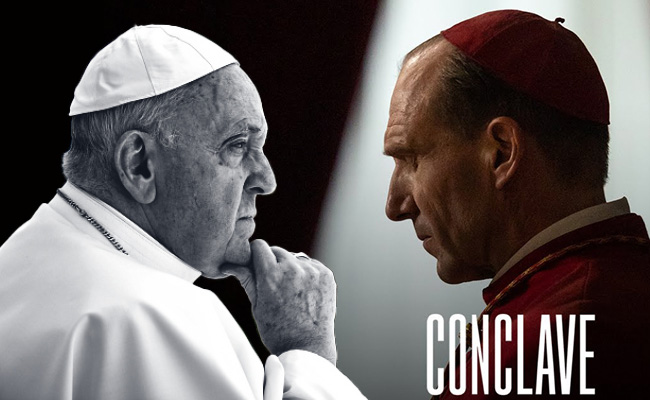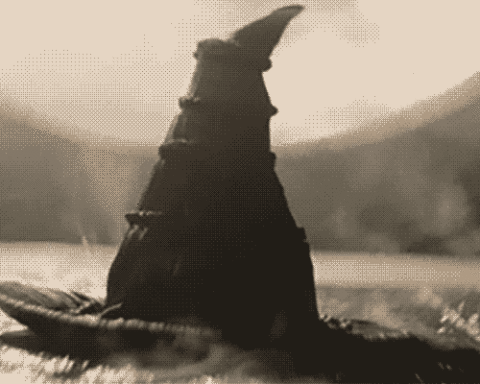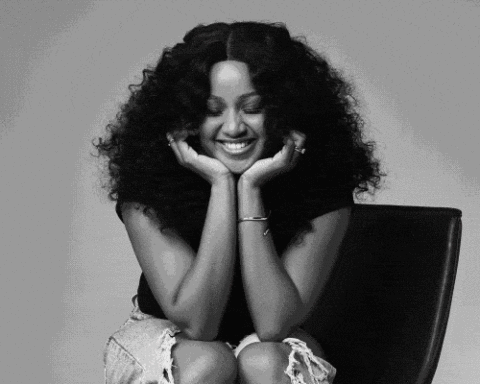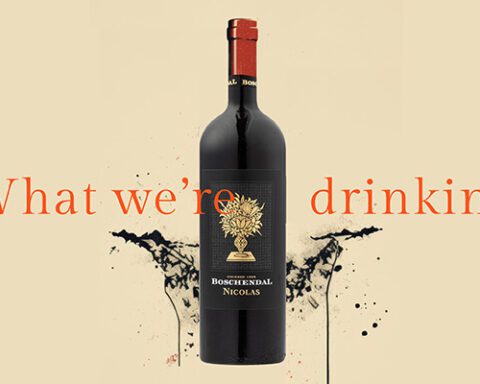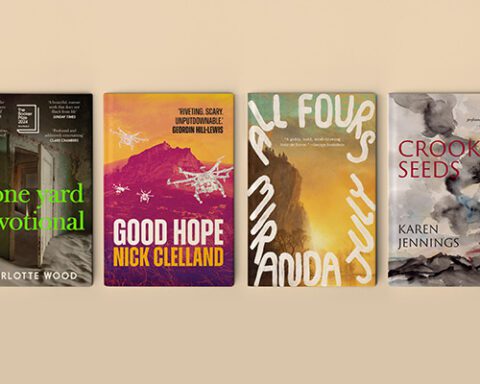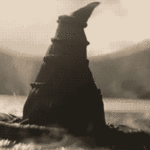Is it a case of life imitating art, or vice versa? If you’ve been following the news this week, you’ll know the head of the Catholic Church, Pope Francis, is in critical condition in an Italian hospital, just up the drag from church HQ, the Vatican City.
The 88-year-old Argentinian pontiff has pneumonia and mild kidney failure, and as I type this, thousands of people have gathered in the Vatican’s St Peter’s Square to pray for his health.
You can imagine what’s going on behind the immense curtains: panic, stress and frantic planning. This is all the more relatable if you have watched Conclave, the new movie that is, as luck would have it, about what happens when a Pope dies, and a new one must be elected.
It is somewhat eerie that the papal election has been thrust to the front of popular culture at the very time when (and not wishing the worst for Francis) we may just see it unfold for real too.
The celluloid telling of it has already scooped up handfuls of honours at the Bafta Awards, the Screen Actors Guild Awards and the Golden Globes. It’s also nominated for a whack of Academy Awards, including Best Picture, Best Actor and Adapted Screenplay (it’s based on the 2016 Robert Harris book).
I watched it over the weekend and was mesmerised. First, there is something perennially appealing about the behind-the-scenes action of the Catholic Church. Clandestine goings-on, centuries of decorum and tradition, and pious power struggles are enthralling. From the mega success of Dan Brown’s intrigue- and Opus Dei-filled novels to the historically based 2019 Netflix release The Two Popes, the public is fascinated by what goes on at the world’s oldest continuously functioning institution.
A political thriller
Conclave offers a fanciful look at what might happen in the handful of days between one pope dying and the next being elected. The film is set entirely in the closed quarters of the Sistine Chapel and the Casa Santa Marta. Well not the real ones: the Catholic Church wasn’t having them film at the Vatican, so the movie’s makers made do with other buildings in Rome.
Nevertheless, this does nothing to diminish the sense of provenance and opulence – vaulted ceilings and ornate paintings – mixed with ominous severity. And so much blood-red and grey terrazzo marble.
Throw in some elegant cinematography, menacing music and Ralph Fiennes, and what you have is a delicious political thriller. The manoeuvring and machinations by the sequestered men, all after the top job, are gripping, and the plot-twists are just that – you won’t see them coming. Likewise, expect surprising moments of heartbreak, tenderness and reminders of the importance of faith in these chaps’ lives.
Fiennes is one of the finest actors of our time, and his portrayal of the fictional Cardinal Lawrence, tasked with the nerve-jangling job of the papal election, solidifies this notion. Add in Stanley Tucci, Zimbabwean star Lucian Msamati, John Lithgow and Isabella Rossellini, and you’ve got a next-level cast.
The film is a work of fiction, but it touches on real issues within the organisation, including the role of women. In Conclave, they are invisible worker bees, and the brooding Sister Agnes (Rossellini) – the only woman with a speaking role – says about two sentences the entire film. It provides insight into the conflict between the progressive and conservative factions of the church, stuck between moving forward into modernity or adhering to tradition.
In the real world, the religion’s growth relies heavily on Africa, with the highest increases in baptised Catholics (a tiny 3%, mind you) coming from our neck of the woods. Msamati is seemingly the film’s nod to this.
There has been plenty of debate about the historical accuracy of this film, and the overriding consensus is that Conclave’s producers got a lot of the mechanics of the election process right. When Harris wrote the book, he consulted a cleric who’d been part of two papal conclaves, so the details are pretty on the mark, from the chemicals that colour the chimney smoke that is used to signal a successful election, to the sealing of the pope’s chambers after his death.
But it is, of course, just a cinematic rendering of a story, even if it’s an outlandish and beautifully crafted one.
When Pope Francis does pass on, 138 of the world’s 252 living Catholic cardinals (its top brass) will enter conclave and vote for the next pope. They qualify because they are under 80 in age, and include the 68-year-old Archbishop of Joburg, Cardinal Stephen Brislin.
For the actual moments marked by billowing grey and white smoke, we will have to stick to news channels. For a look at some of the actual politics of the Vatican, read this 2023 piece from Slate and then get up to speed with who might be the next pontiff here.
Top image: Pope Francis. Picture: Vatican Media via Vatican Pool/Getty Images. Ralph Fiennes. Collage by Currency.
Sign up to Currency’s weekly newsletters to receive your own bulletin of weekday news and weekend treats. Register here.
